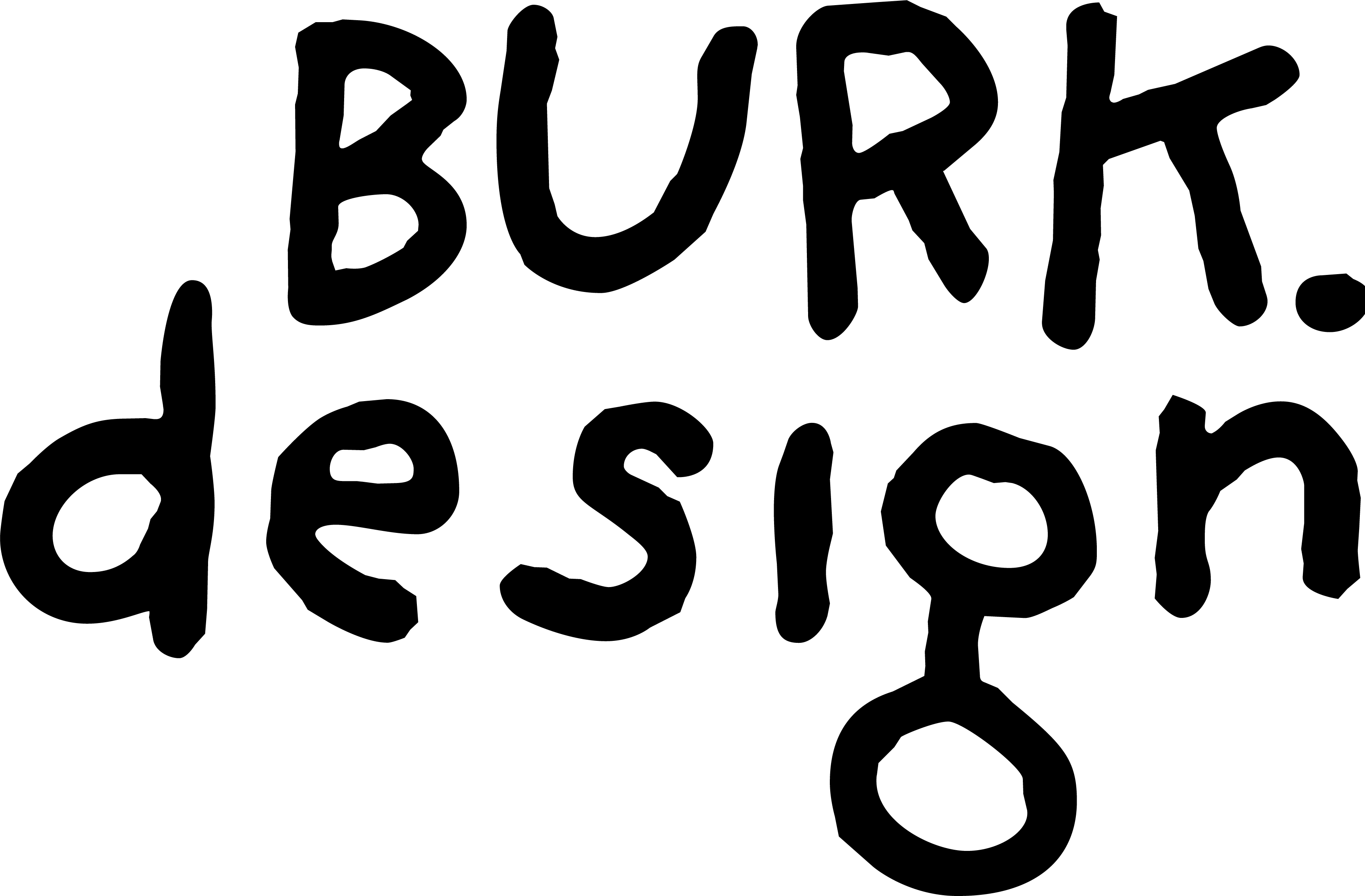This was a group-project for an exhibition called 2LÅNG 4EVER my class did in collaboration with Landsarkivet in Gothenburg, which is an institution that stores information regarding society.
We were assigned to focus on a famous street in Gothenburg called Andra Långgatan (also known as Andra Lång) which today is a street known for its bars, strip-clubs, and record-stores, however that hasn't always been the case.
In this project my two classmates (Idalina Konyi and Moa Appelros) and I, wanted to capture the history of Andra Lång by creating a building that is inspired by the change in architecture and society throughout the decades of the street.
Each floor of the building has an era connected to it, and also a person from that era tied to the floor. If you are interested in delving deeper into the specifics you can read about it on the bottom of this page.
What I learned most in the process of this project was how to work as a team, but also the importance of research, which can sometimes be really fun, and at other times really dull, but still important for a project like this.
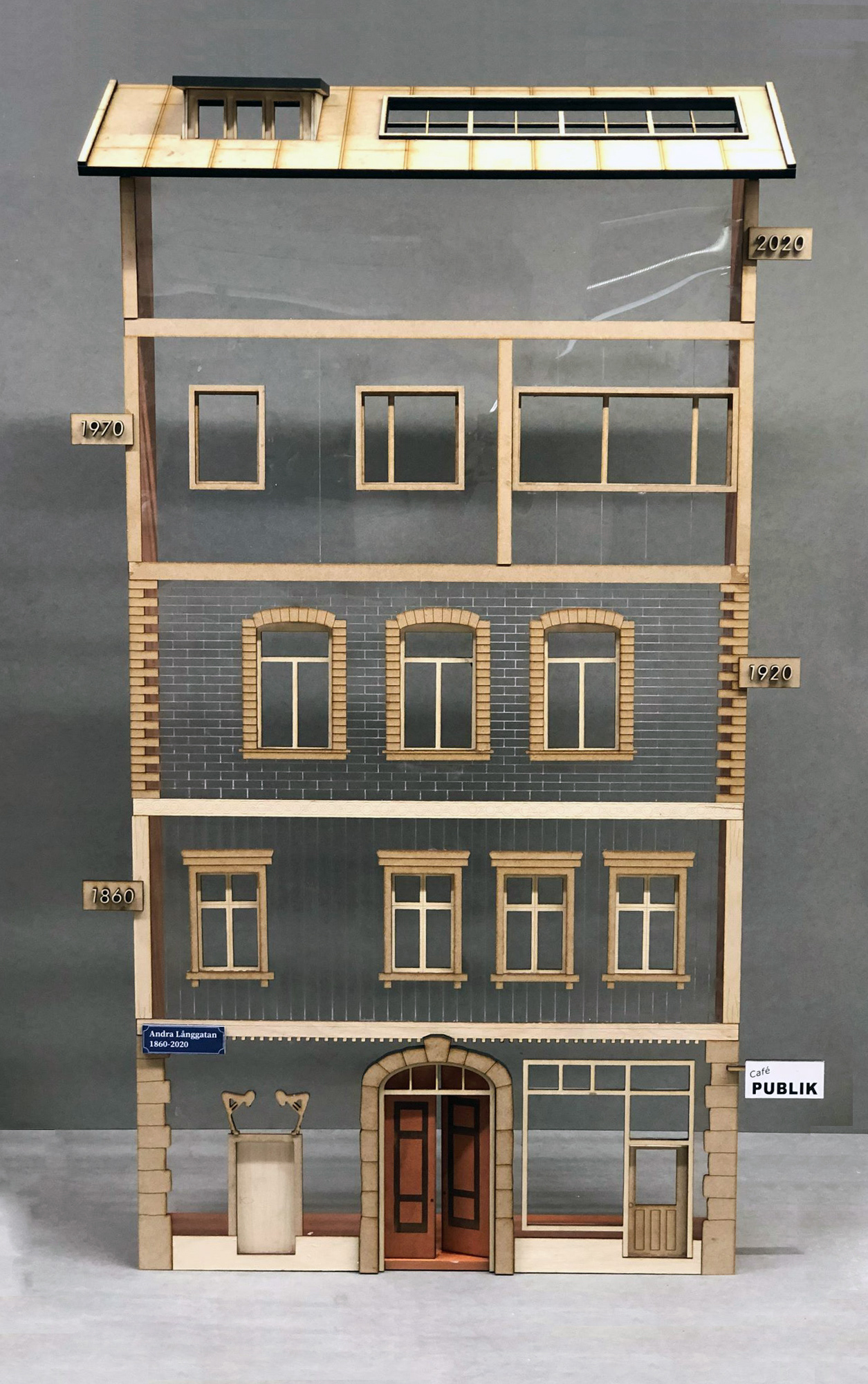
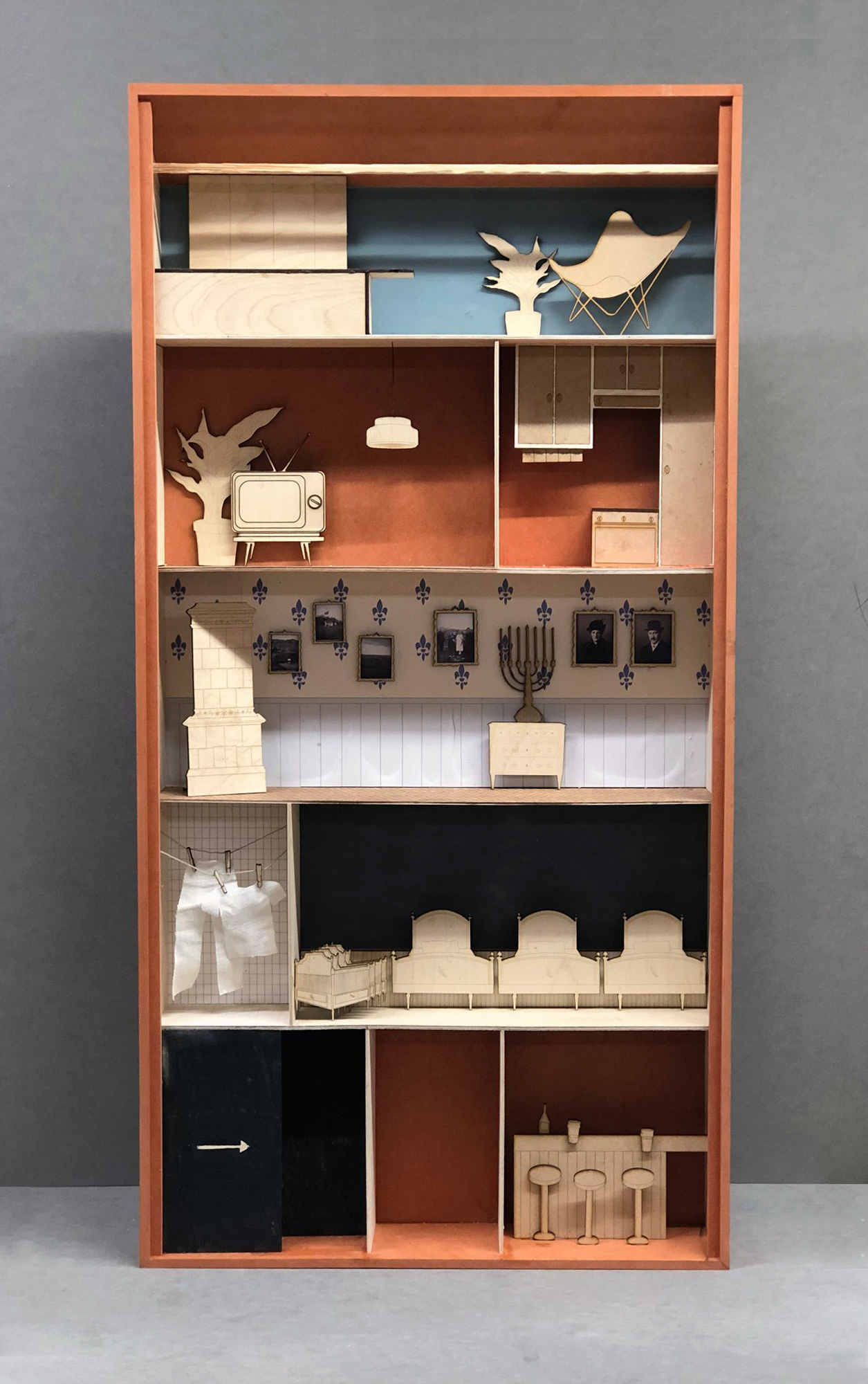

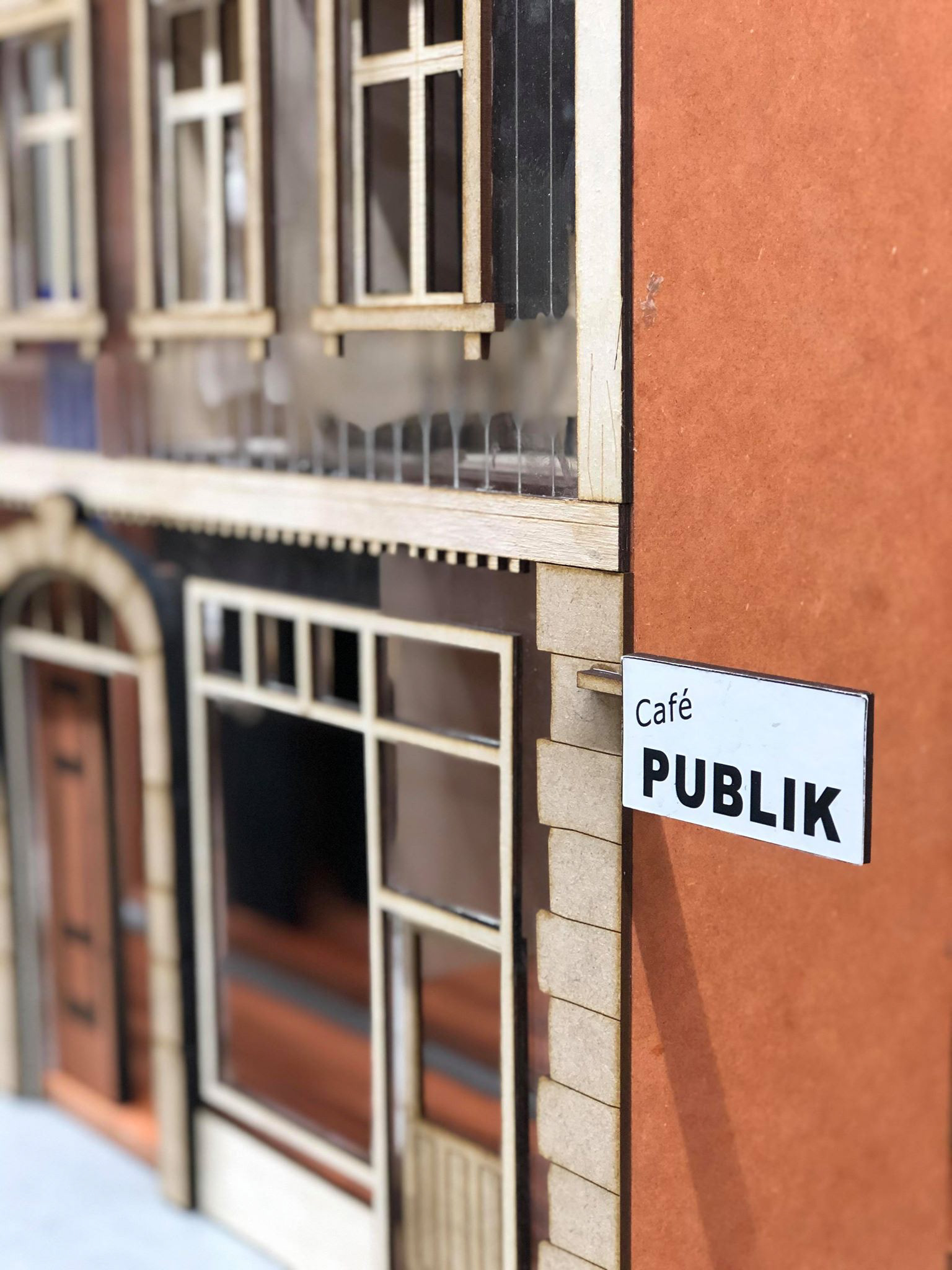
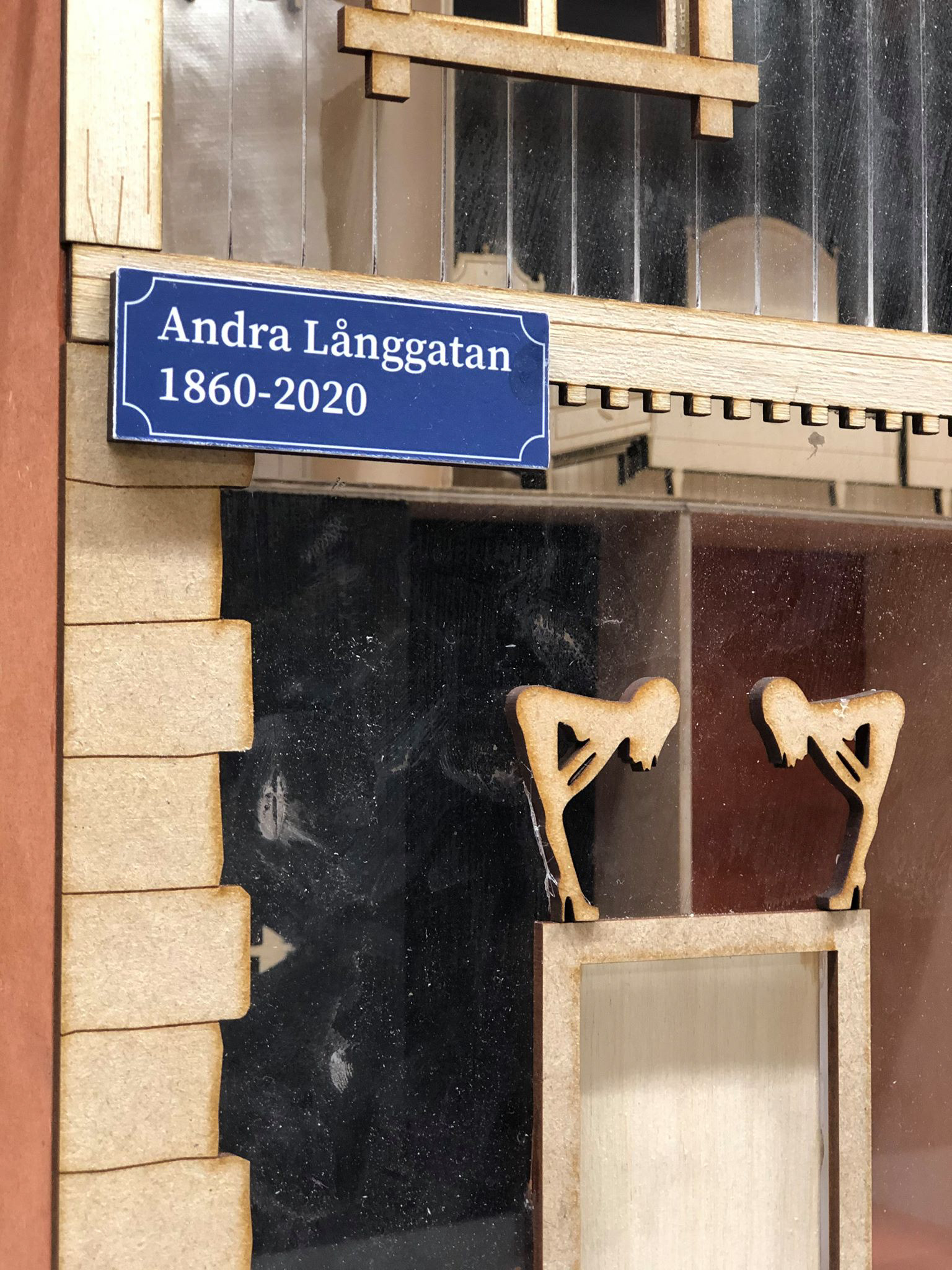

We collaborated throughout the entire process, however we designed different parts. I worked on the facade, and the outside of the building, as well as the bottom floor, and they worked on the interior.
Although we only had two weeks to focus on this project I am incredibly proud of it.

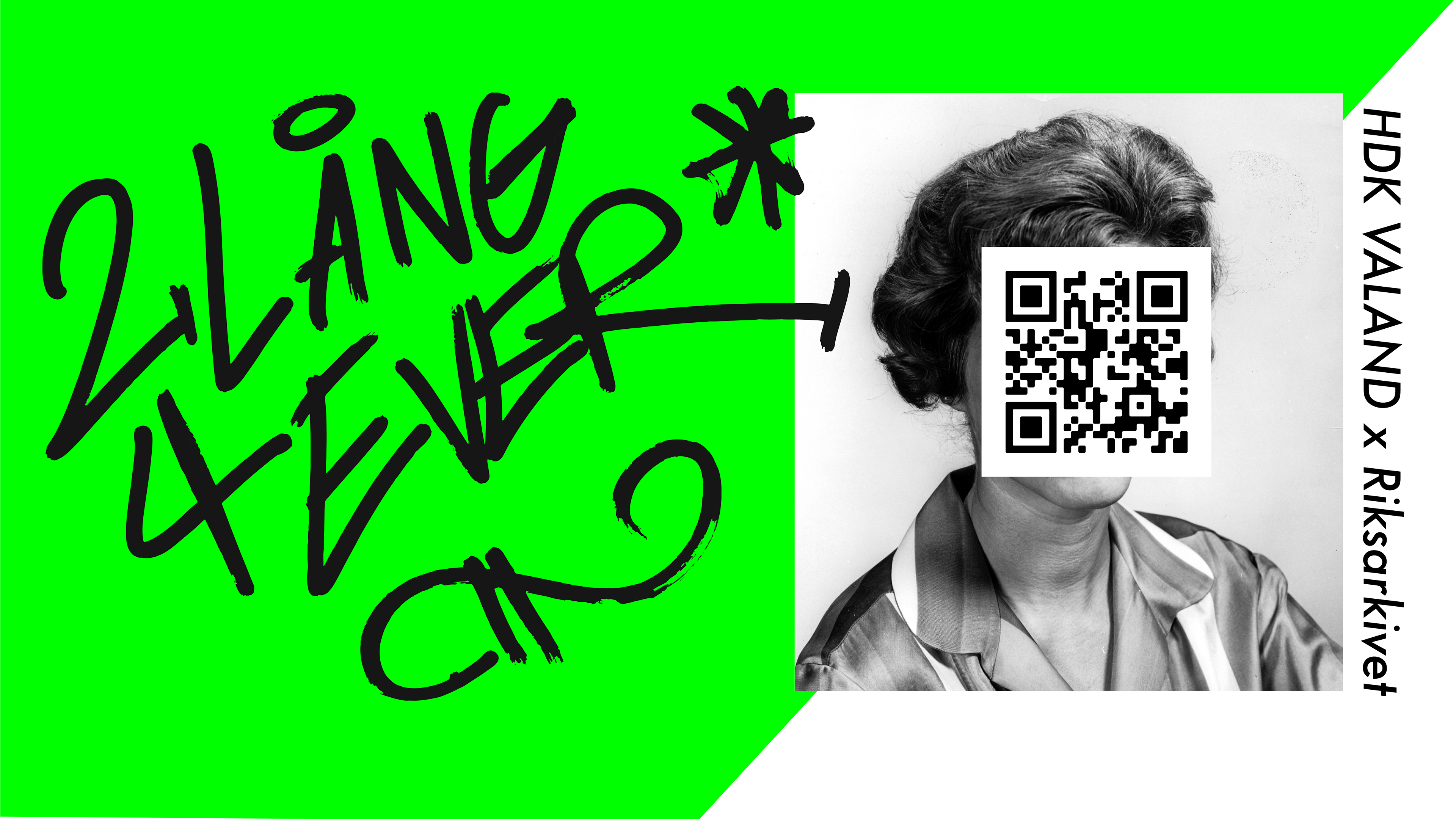
1860: This is when Andra Lång emerges as the street starts to form, with simple wooden houses being constructed. We focus on a woman called Malvina Abrahamson, a poor laundry worker living together with her two sisters who have several children between them. Amongst the children we have two siblings, namely Oscar, and Oscarina.
1920: In this era the Jewish community is quite noticeable on Andra Lång, we talk about a anti-semitic wave sweeping through the Baltic states. And consequently the Jewish refugees that fled, many of them come through the port of Gothenburg on their way to America, and a few of them decide to stay. One particular person's life we focus on is Jacob Rosenthal, and the hardships he had to endure.
1970: In the 70's the street as we know it today starts to form, with the liberation of the body and the capitalization of erotica several strip-clubs start forming on the street. The streets identity suddenly went from a trading centre, to a messy and lawless place, an identity that's still part of the street today.
2020: Andra Lång is a street that has been imprinted by the diversity of its residents, who formed the history which has made it the open-minded street it is today.
Just like many other streets that have been built on the back of the working class sadly Andra Lång is also slowly becoming gentrified.
